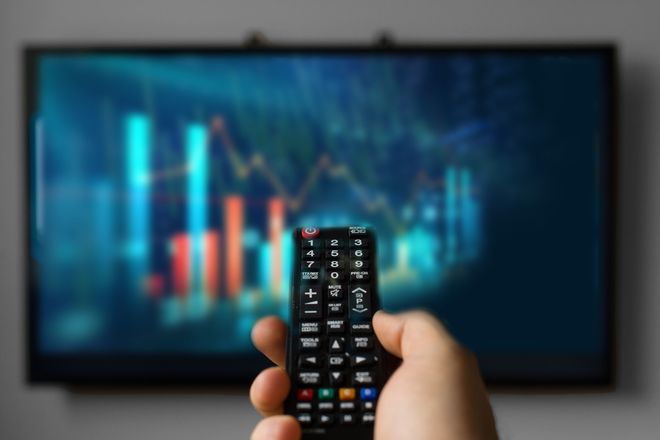Agencies are frustrated about TV measurement. In the past, TV currency data provided a consolidated view of how TV budgets were spent. Broadcast, cable and even selective digital video could be consolidated into a single view of delivery to age/gender audiences. Now, TV is splintered into myriad formats: traditional, addressable, programmatic and multiple forms of ad-supported streaming. Each has its own unit of measure: persons based on demo, strategic segments based on a household, and strategic segments based on persons using a digital ID. To make matters more complicated, many partners present measurement using their own data. Where’s the silver lining?
With all the frantic change, TV advertisers shouldn’t lose sight of the fact that they are living in a period of abundance. Data abundance, to be more specific.
Multiple TV platforms are able to provide advertisers with proprietary data-based TV insights. This data abundance means that today’s advertisers are more able to point their TV spend toward a business outcome than at any point in the past. They are now able to pinpoint if they reached their customer, whether the ad had an impact on image or sales and how they can do better going forward.
In short, TV advertising has everything it needs to perform.
In the past, “performance” was associated with narrow metrics such as click-through rate and bulk buying on long tail websites. Today, performance data can be used with Emmy-winning shows distributed by our greatest entertainment companies. And performance can be defined more broadly—did the advertiser achieve their business goals?
This can mean a CPG brand reaching parents for back to school, an insurance company seeking motorcycle insurance sign-ups or a TV network promoting that same Emmy-winning show. All of it is based on an array of data partners.
Here is how some of the most progressive advertisers are leveraging TV data:
Measuring reach for strategic segments
Then: Advertisers would use projected panel data to measure their linear reach to age/gender audiences.
Now: Linear and streaming ads can be linked to attribute data from Experian, Polk and other data leaders. Media partners can provide advertisers with reach calculations for strategic segments such as “In the market for a crossover SUV” and “Household income $125k+” that are more likely to link to purchase intent.
Measuring reach in linear and streaming together
Then: Advertisers would see reach in the linear ecosystem alone, and “digital” investments, including CTV, would be measured separately in a way that could not be reconciled with linear. Because audiences could not be targeted and measured holistically, the result was wild inefficiencies and the risk of overexposure or underexposure.
Now: Automatic Content Recognition (ACR) data can measure all content on the TV—linear and streaming—and present advertisers with a single, consolidated view of reach and frequency.
Measuring results in linear
Then: Advertisers could not tie linear buys to business results. Lacking the evidence, traditional media buyers (and sellers) were stymied from justifying the value of traditional linear—while digital promised clickers and shoppers.
Now: Increasingly, linear advertisers are able to use ACR and set-top box data linked to a post-campaign action (website visit, TV tune-in, post-campaign purchase) to show the value of linear advertising. And while this type of attribution used to require a custom project, weeks of delay and stapled powerpoints, today this type of reporting is increasingly standard with many TV media partners.
Measuring results in linear and streaming together
Then: Advertisers thought linking linear and streaming together was a pipe dream.
Now: Advertisers can combine linear ad exposure with ACR data and campaign ad exposure in CTV, combined with impact data such as sales and website visits, to see a total view of TV campaign effectiveness.
Years ago, advertising pros would speak yearningly of “the holy grail”—the ability to measure the sales impact of TV. They would cite the Philadelphia retailer John Wanamaker about not knowing which half of their advertising was wasted. Those references, as boardroom chatter, have all but faded away.
TV still isn’t perfect. Advertisers face new problems in TV, to be sure, including rapid change and the confusion brought about by an abundance of programming and data. But facing new problems—isn’t that another way of saying progress?
Source: adage.com

